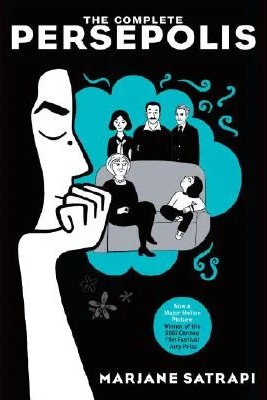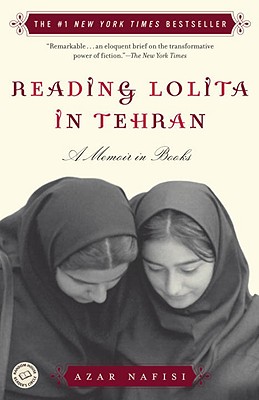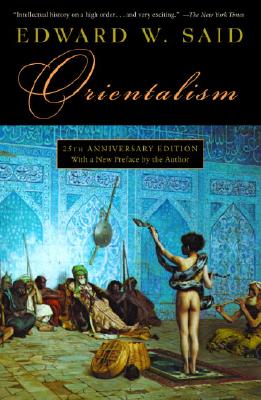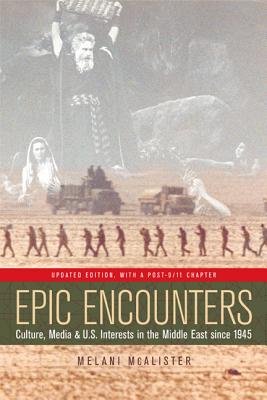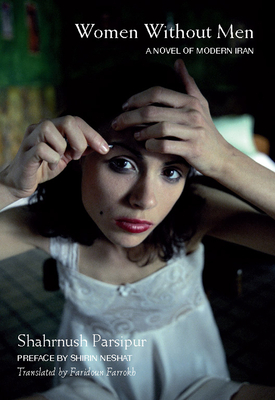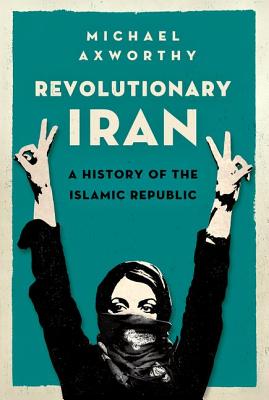Mahsa Amini and the Iran Protests: What to Know
Unpacking the unrest in Iran.
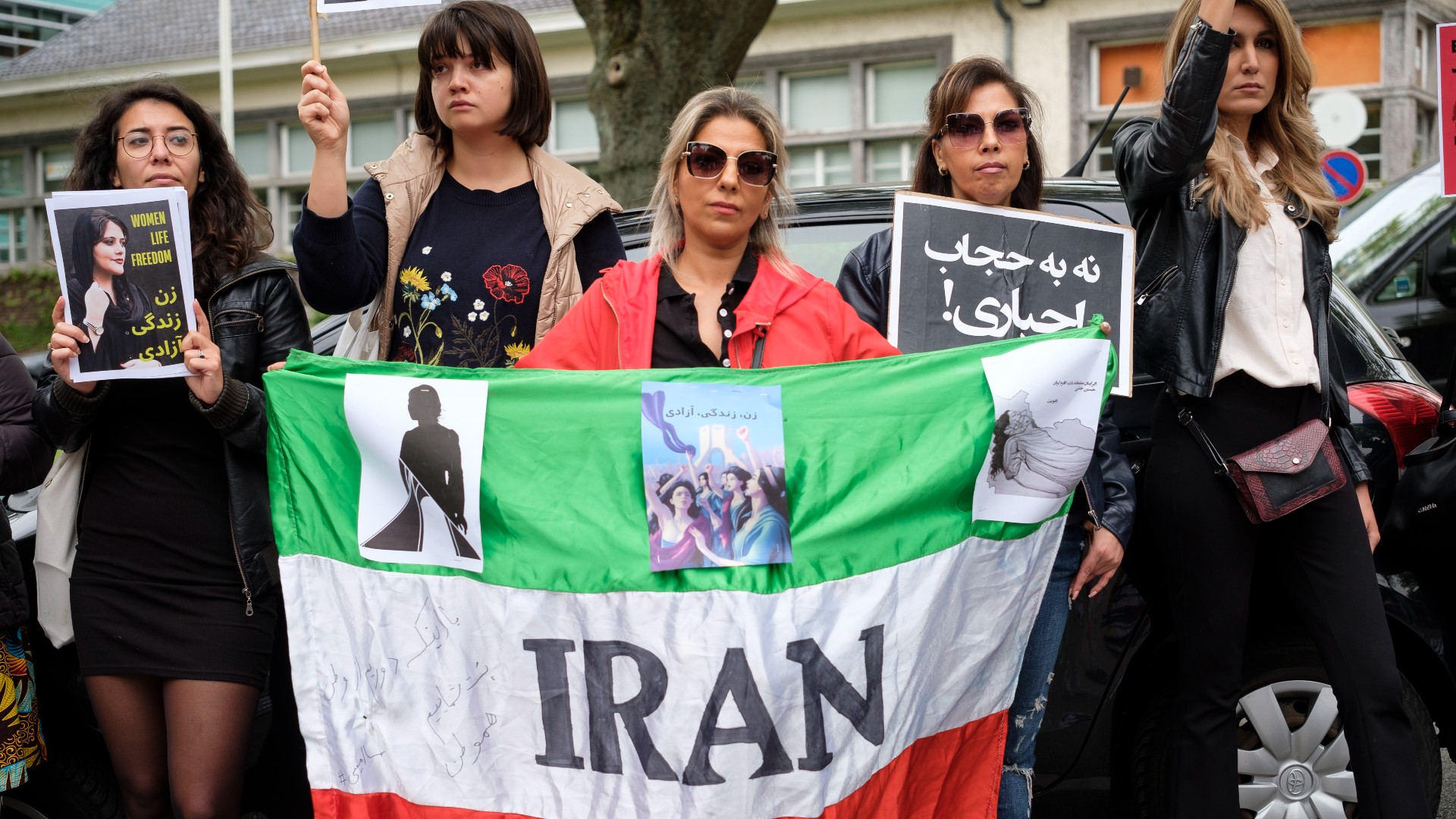

On September 16, Kurdish Iranian woman Mahsa Amini passed away after spending three days in a coma. According to medical reports, the 22-year-old's coma was induced by severe trauma to the head, which she suffered after being detained in police custody in Iran's northwestern city of Saqez. She had been arrested for allegedly failing to follow Iran's strict laws requiring that women wear hijabs and remain fully covered in loose clothing―the punishments for which include detainment, prison time, fines, and flogging.
While the morality police that arrested Amini claim that she collapsed at the police station due to a heart attack, her family maintains that she had no preexisting health conditions that would have caused one. Furthermore, eyewitnesses and a top Iranian medical official wholly reject these claims, explaining that Amini's fatal injuries were caused by internal bleeding consistent with trauma from a severe beating.
After Amini's death, protesters gathered outside the hospital where she'd been; these protests have since spread to 50 cities around Iran and all over the world. Largely led by women but supported by people of all genders, these protests have, notably, featured Iranian women publicly burning their hijabs and cutting their hair in solidarity with Amini. The movement is the most significant internal threat to Iran's strict regime in decades, and we have yet to see whether this widespread condemnation of government policy will have a lasting impact on women's rights in Iran.
In the meantime, the Iranian government claims that 17 people have been killed over the course of the protests, while Iran Human Rights, which is a Norway-based nongovernmental organization, puts that figure at 154. Iranian police and militia have responded to protests not only by shooting directly at protesters but with internet shutdowns in order to limit the extent to which protesters can communicate with one another and with the outside world. Human rights and news organizations have also highlighted the alarming extent to which Iranian authorities are killing young female protesters, seizing their social media accounts, and forcing their families to lie about their causes of death.
One of the most recent and inflammatory of these instances is the murder of Nika Shakrami, who was only 16 years old when she was killed after being beaten by authorities. Other victims include Hadis Najafi, a 20-year-old Iranian content creator who was shot by police, and a 15-year-old girl in Zahedan who was raped by the city's police chief, sparking protests in which at least 82 protesters have been killed by authorities since September 30.
Since the protests began, multiple global organizations and governments have spoken out in favor of women's rights in Iran. The United Nations, for instance, released an official statement in which they denounced the death of Mahsa Amini and said that they support "the women of Iran in their rightful demands to protest injustice without reprisal, and to be free to exercise their bodily autonomy, including their choice of dress and also supports them in seeking accountability, and the upholding of their basic human rights as stipulated in the Charter of the United Nations."
The White House has also condemned the crackdown on protesters and has promised to "[impose] further costs on perpetrators of violence against peaceful protestors." The U.S. government has already worked quickly to facilitate easier internet access for Iranians by expanding the general license it's issued to Iran, although activists note that this change has taken over a decade and, for the sake of activists and free speech in general, should have been issued years ago.
Get exclusive access to fashion and beauty trends, hot-off-the-press celebrity news, and more.
Iranian Law
In 1979, Iran underwent what's known as the Islamic Revolution. This popular uprising overthrew Iran's CIA- and MI6-backed Pahlavi regime, which favored Western economic and sociopolitical interests. Iranians had grown tired of this regime because, while it ushered in cosmopolitanism, an expansion of women's rights, and growth within the oil industry, it also led to runaway inflation, a decrease in agricultural output due to a lack of federal support, soaring land and housing prices, and a rapidly expanding income gap that left the majority of Iranians fiscally concerned, if not desperate.
Meanwhile, Iran's American-backed leader and the Western (particularly American) businesspeople who bolstered him grew wealthier and wealthier, funneling much of Iran's oil wealth into the pocketbooks of Americans and higher-level supporters of the shah. The proponents of the Islamic Revolution, therefore, were not just interested in reinvigorating Iranian and Islamic cultural values: They wanted an Iran for Iranians—socially, politically, and economically.
However, the Revolution, while invested in nationalizing Iranian oil production and other economic ventures, also honed in on mixing church and state through an imposition of laws against "anti-Islamic" behaviors such as drinking and women showing their hair. This strict interpretation of the Quran and Shari'ah law is just that―an interpretation―and is not universally agreed upon within the Muslim community in or outside of Iran.
At first, many female supporters of the Islamic Revolution welcomed the pro-nationalist changes to Iranian law, believing that they would enhance gender equality in Iran rather than destroy it. However, they have since been led to question the religious, social, and cultural justification for laws (most of which were conceived by a single man: Ayatollah Khomeini) that so severely curb their freedoms and diminish their quality of life.
For instance, Iranian girls can be "temporarily married" to men against their will when they're as young as 13, which enables men to sexually assault these girls and women within the parameters of the law. Women also cannot travel without the permission of a husband or father, violence against women carries a lesser punishment in Iran than violence against men, and women widely denied access to safe contraceptives and abortions, According to a report by Amnesty International, marital rape is also legal in Iran, and LGBT+ people are often sent to state-sponsored conversion camps, where they often suffer physical and psychological torture.
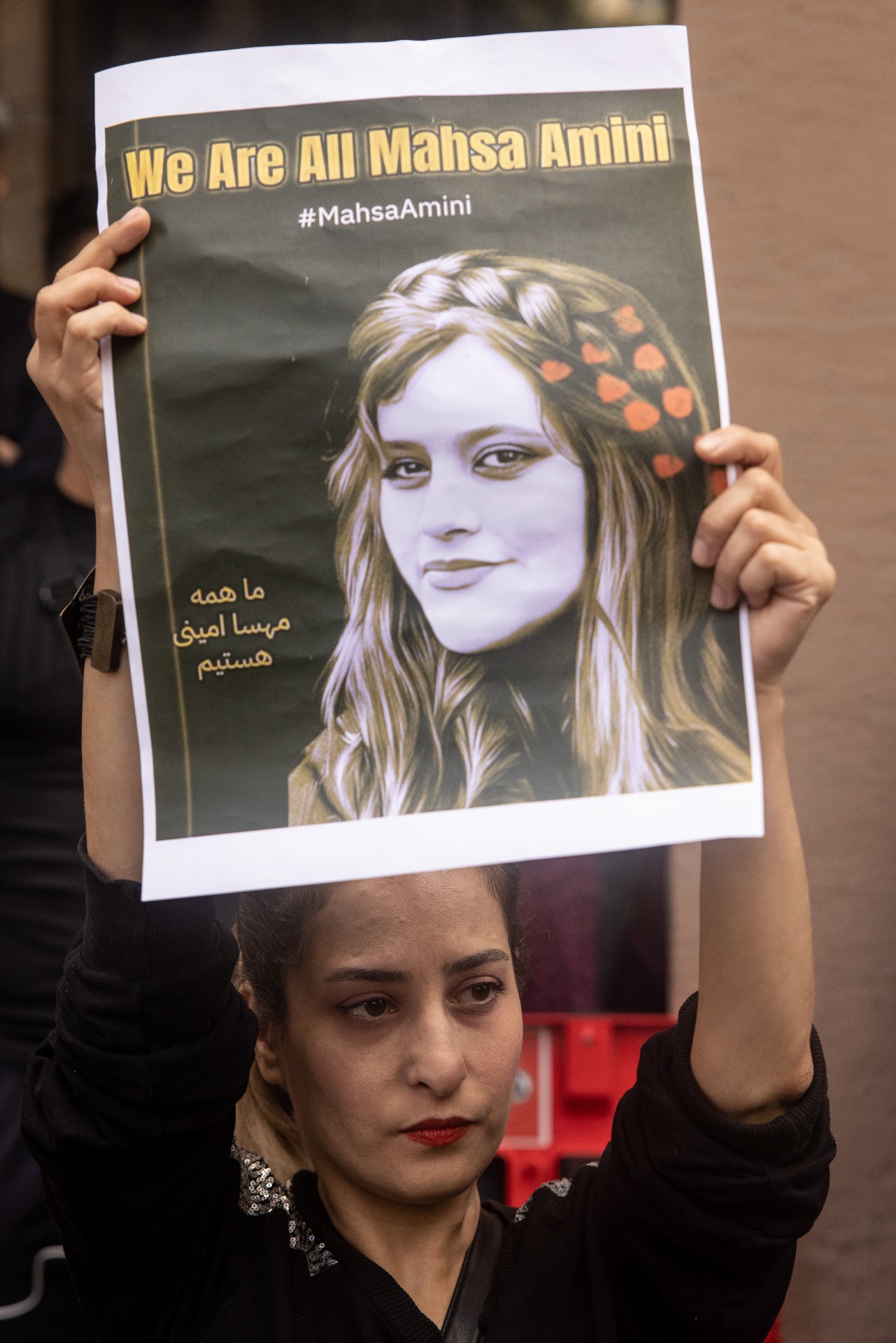
How to Support Iranian Women
When a conflict is happening on the other side of the world, in a country you may not have visited or may not know much about, it's easy to feel disconnected. It's also easy to feel like it's not possible to help the Iranians fighting for equality and human rights. However, there are a number of ways you can support Iranian women from the comfort of your home country―whether through protest, education, or monetary assistance.
Educate Yourself about Iran
A great deal of Western feminist thought about women in the Middle East has been condescending, white savior-like, and Orientalist. While many women in the Middle East―and, indeed, all over the world―are suffering at the hands of their governments, to apply Western frameworks and preconceived notions about Islam and the East to the issue does Iranian women a disservice. In order to better understand the wants and needs of Iranian women, along with the cultural context in which this human rights issue exists, check out some of the books below.
Support Iranian Feminist Creatives
One of the most stifling aspects of life in Iran―particularly for women―is how limited they are in their ability to speak about the issues that matter to them. Therefore, when Iranian creatives are able to speak up, it's of the utmost importance to listen.
If you're into visual art, check out the work of Parastou Forouhar, an Iranian-born artist now based in Germany. Her work draws attention to state-sponsored war crimes committed against civilians and takes particular aim at the Iranian government. You can also check out Marjane Satrapi, a graphic novelist whose most popular work, Persepolis (listed above), details her childhood in Iran, coming of age during the Islamic Revolution, and eventual departure to Western Europe. It's a deeply impactful, shockingly relatable book, and was also made into an excellent film.
If film is, indeed, your cup of tea, you can also check out Shirin Neshat and Shoja Azari's 2009 film Women Without Men, which is based on Shahrnush Parsipur's knockout novel and delves into women's perspectives of the Islamic Revolution and the years that immediately followed it. Iranian-British Ana Lily Amirpour's 2014 film A Girl Walks Home At Night, meanwhile, is one of my all-time favorite films: a feminist vampire horror-movie-meets-love-story with a killer soundtrack.
Finally, for the documentary lovers out there, take a look at Jafar Panahi and Mojtaba Mirtahmasb's 2011 This Is Not a Film. While it doesn't specifically center around feminism, it's an intimate critique of the Iranian government that Panahi cleverly thought up after authorities forbade him from making any more films.
Donate to Iranian Human Rights Organizations
While it's challenging for Americans to get in touch with Iranians and the Iranian government is not allowing significant non-government intervention to mitigate injuries among protesters, it's still possible to help.
First and foremost, consider donating to United 4 Iran, an organization that has long worked year-round to support human rights as well as access to safe food and drinking water in Iran. At the moment, their efforts are also focused on providing Iranians with mobile applications and VPN networks through which they can communicate in spite of state-ordered government shutdowns.
You can also support the NCRI Women's Committee of Iran, which is an international organization committed to advocating for women's rights in Iran, promoting free speech, and spreading international awareness of human rights violations in Iran.
Finally, you can also donate to the Center for Human Rights in Iran, which releases in-depth statistics, analyses, fact sheets, and detailed reports about the state of human rights in Iran. They also spread awareness about the situation in Iran through media outreach and international advocacy, and they support Iranian creatives.
Raise Awareness on Social Media
Political activism should always extend beyond social media and your values should be part of your everyday life rather than remaining relegated to an Instagram post. However, social media is also a powerful tool through which many people get their news, form opinions, and spread awareness and support. Use social media to support to Iranian women by talking about what happened to Mahsa Amini, plugging Iranian writers and creatives, and sharing links to human rights organizations helping Iran. Just be sure that, when you post, you refrain from Orientalist and/or anti-Islamic language (i.e., describing people or entire countries as "backward," "Old World," etc.).
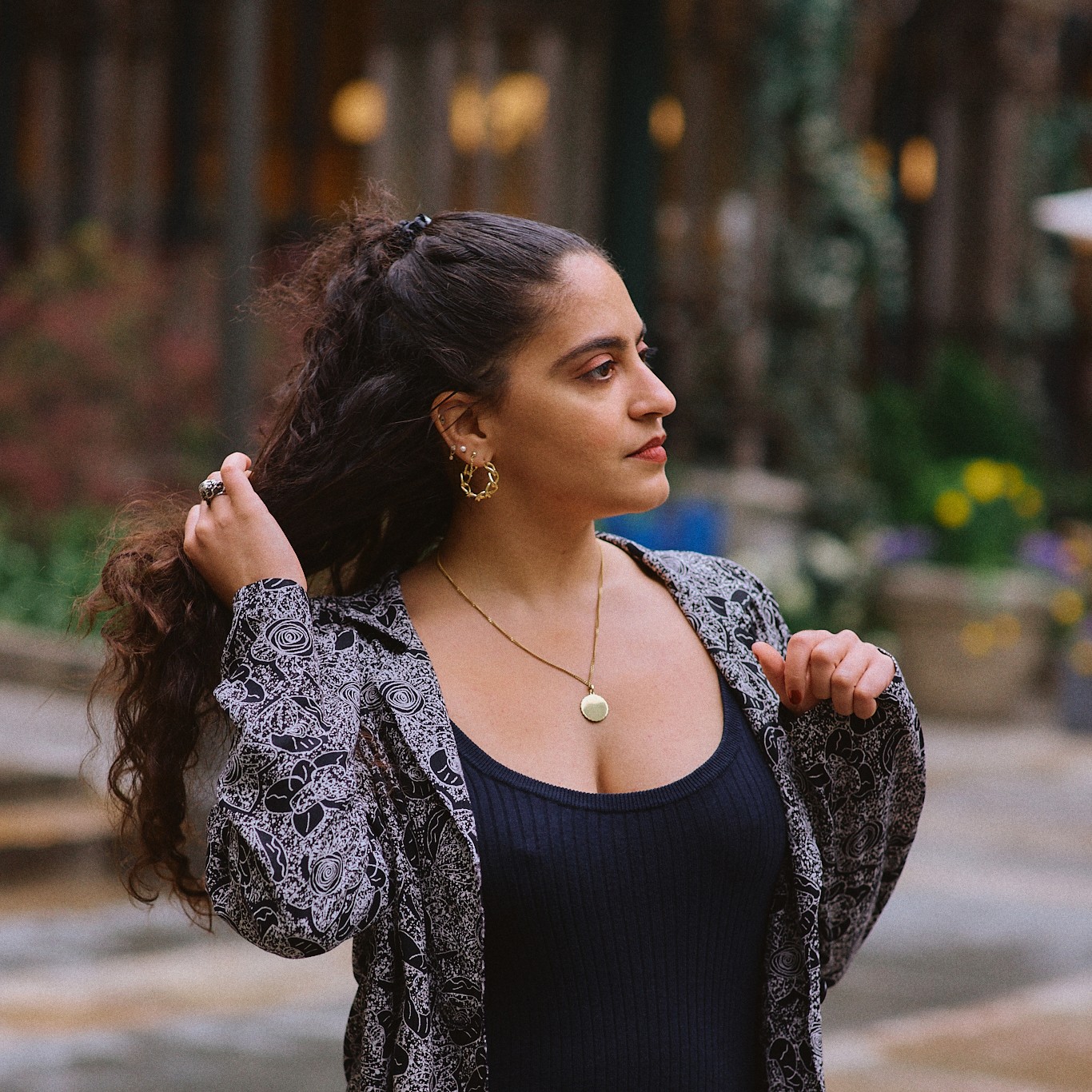
Gabrielle Ulubay is a Beauty Writer at Marie Claire. She has also written about sexual wellness, politics, culture, and fashion at Marie Claire and at publications including The New York Times, HuffPost Personal, Bustle, Alma, Muskrat Magazine, O'Bheal, and elsewhere. Her personal essay in The New York Times' Modern Love column kickstarted her professional writing career in 2018, and that piece has since been printed in the 2019 revised edition of the Modern Love book. Having studied history, international relations, and film, she has made films on politics and gender equity in addition to writing about cinema for Film Ireland, University College Cork, and on her personal blog, gabrielleulubay.medium.com. Before working with Marie Claire, Gabrielle worked in local government, higher education, and sales, and has resided in four countries and counting. She has worked extensively in the e-commerce and sales spaces since 2020, and spent two years at Drizly, where she developed an expertise in finding the best, highest quality goods and experiences money can buy.
Deeply political, she believes that skincare, haircare, and sexual wellness are central tenets to one's overall health and fights for them to be taken seriously, especially for people of color. She also loves studying makeup as a means of artistic expression, drawing on her experience as an artist in her analysis of beauty trends. She's based in New York City, where she can be found watching movies or running her art business when she isn't writing. Find her on Twitter at @GabrielleUlubay or on Instagram at @gabrielle.ulubay, or follow her art at @suburban.graffiti.art
